Cyber Monday 2025 eCommerce Shatters Records
Reading Time: 3 minutesSummary Cyber Monday 2025 has officially become the largest online shopping day…
The Amazon, eBay, Walmart and Wish were the leaders in 2019, especially, Amazon which is currently occupying almost half of the eCommerce market [of the US]. eBay is second in the list and Walmart, which occupies the third spot, is aggressively expanding. It’s efforts to dominate the market is second to none.
In m-commerce, Wish has held its grip among the buyers as the most popular e-commerce marketplace. Then, there are Etsy and Jet. The list doesn’t end here. There are other avenues as well that can help you reach the targeted audiences. However, some of them have been successful in communicating their ethos with targeted audiences. Thereby, they have been successful in consolidating their market. It is these sales channels, you don’t want to miss in 2019.
1. Join Google Shopping Action plan to get associated with Google’s ecommerce operations.
2. Can you afford to miss the largest m-commerce plaform of the world, which is Wish.
3. Get introduced to a marketplace which is different as it shares consumer behaviour analytics with its merchants – Pricefalls.
Google Shopping Action Plan:
Google Shopping Actions allows retailers to surface their products across different Google platforms and drive action from them wherever they are. It gives shoppers a frictionless experience by offering a shareable list, a universal shopping cart, and an instant checkout.
The program has 3 core components:
a) Google Search:
With billions of searches per day, Google is the first place U.S. shoppers turn to discover and find a new retailer or a brand. With Shopping Actions, they can instantly buy your products at the moment they’re searching.
“Get your products to appear for rising search queries → “Where can I buy this?” “Where can I find it?” “How can I buy it?” “How do I transact? Expand the outreach even for image searches as well”.
b) Google Express:
It is a marketplace and an aggregator. It is a powerful competitor in the Industry dominated by Amazon through its grocery service. With this service, you can purchase groceries and other every-day essentials from the hundreds of retailers, which includes leaders such as Costco and Target. The core value of this service is, “the items arrive at customer’s doorstep with the minimum purchase value“. List of behemoths who have joined Shopping Action Plan:
“Increase the Loyalty & Drive higher engagement for the brands. The merchants on the platform have witnessed a 30% increase in the Average Order Value (AOV). .”
Note: Google express delivers items free of the cost across the entire United States except for Hawaii and Alaska. The customers don’t need to pay any shipping fee if the average order value exceeds $25. All the leading national, local and online retailers have either joined or, are in the process of joining the platform.
c) Google Assistant:
Voice shopping is as an additional interface for shopping. The customers can shop simply by speaking to their Google Assistant [Google Home or Android devices]. The Google Assistant is, currently, available on more than 500M devices – Android devices and voice assistant – worldwide. It increases the degree of convenience as consumers have to give simple voice commands to search, preview and add items to the cart. If they’re not available online, they can ask the nearby store, where the commodity is present to get it delivered to their doorsteps.
“1 in every 5 Voice Assistant Sold is Google Home devices. Till December 2017, 14 million Google Home devices were installed.”
With an outreach of 300 million people across Europe and North America and, with a motto – “Zero Effort, Zero Risk“, Wish has carved out its unique identity in m-commerce and the world of online retail. In fact, Wish was awarded the best shopping app in 2014. Selling on Wish marketplace becomes easier as it doesn’t have any seller fee and product listing methods are very easy. It follows pay per model – sellers are charged a fixed commission when the sale happens.
Burgeoning 100,000 sellers community is the testimony to the app’s popularity. Moreover, a February survey published on Statista ranks Wish the 9th (12.6%) most used shopping app in lifestyle and shopping category.
The ingredients of success:
The app has 75 million monthly customers as of May and over 1 million merchants are present on its platform. There are over 200 million items listed on its marketplace platform.
The key ingredient of its success is the deep discount which is extended upto 90%. This is achieved by sourcing the products directly from the manufacturers based out of China. Also, it has been able to communicate with the audiences – willing to wait to purchase generic, durable and affordable items. It doesn’t necessarily mean customers are ready for cheap pricing and sub-standard quality.
The platform is designed to cater and attarct impulse buying behaviour. The methods it employs to achieve this is, “displaying the steep discounted prices next to the significantly higher 9and supposedly original) prices and psycho-active techniques to increase the urgency“. Clearly, the business practices have resonated with customers as the average customer orders 16 times/year from Wish. The most common buyer personas are:
Reasons to sell:
Wish has a wide range of product assortments. All types of buyer personas and demographics converge on this mobile app to make purchases. It is easy to identify and sell to your ideal customers here as customers themselves provide insights into their likes and dislikes.
The primary targeted audience of Wish is low and average spenders. Therefore majority of the sellers represent generic brands.
The merchants can sell to European customers where 70% wish buyers reside. It has built warehouses in the all the leading consumer markets of Europe.
The customers join the ecommerce site through Facebook which helps them to access and, wish to offer highly perosnalized recommendations based on their language, place, purchase behaviour, spending limits and their wishlists.
Pricefalls:
Started with the intention of a side business, this relatively less known ecommerce marketplace is offering high ROI to the sellers who have registered their products on this ecommerce marketplace. It has witnessed 72% Y-O-Y growth since its inception. It currently has 1250+ sellers across 25 verticals. Most importantly among them, 30 sellers are from the IR1000 list (Internet Retailer 1000 List).
In Q4 2017, Pricefalls witnessed 48% increase in traffic, 50% increase in sales and 45% growth in catalog listings. There are over 14 million items listed on Pricefalls.
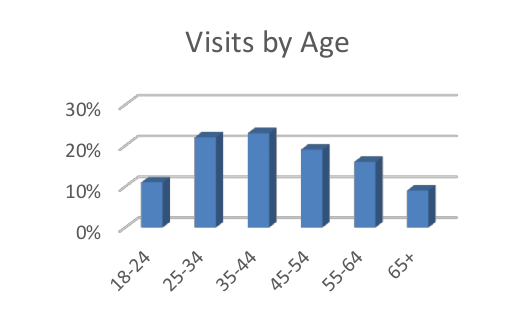
It is conspicuous from the demographics data that majority of the buyers belong to parenting category, hence the product categories offered at this marketplace also reflects the same philosophy. The dominant product categories comprise of baby products, toys and every-day essentials. It appeals to the DIYers as well.
Read: How to create a Conversion-Savvy Listing at Pricefalls?
Another positive point of selling on Pricefalls is that it appeals to both men and women equally. Men led the GMV-Purchased traffic (53%) and women led the product-browse traffic (53%). The marketplace receives its share of traffic equally from the small and big screen sizes – 44% traffic came from desktops; 48% from phones and, the rest from tablets.
Conclusion:
The aim of diversifying the sales channels is not only to reach new audiences but to reach the right ones; bring down the acquisition costs; and, if possible, drive them back to your personal ecommerce store. The majority of the marketplaces don’t share the customers data with merchants.
However, Google Shopping Action lets you attract targeted customers directly to your store, Wish assists in providing the personalized offering and, Pricefalls shares important marketing insights of customers. Therefore , they’re not the ordinary sales channels to miss out on in 2019.
More from CedCommerce:
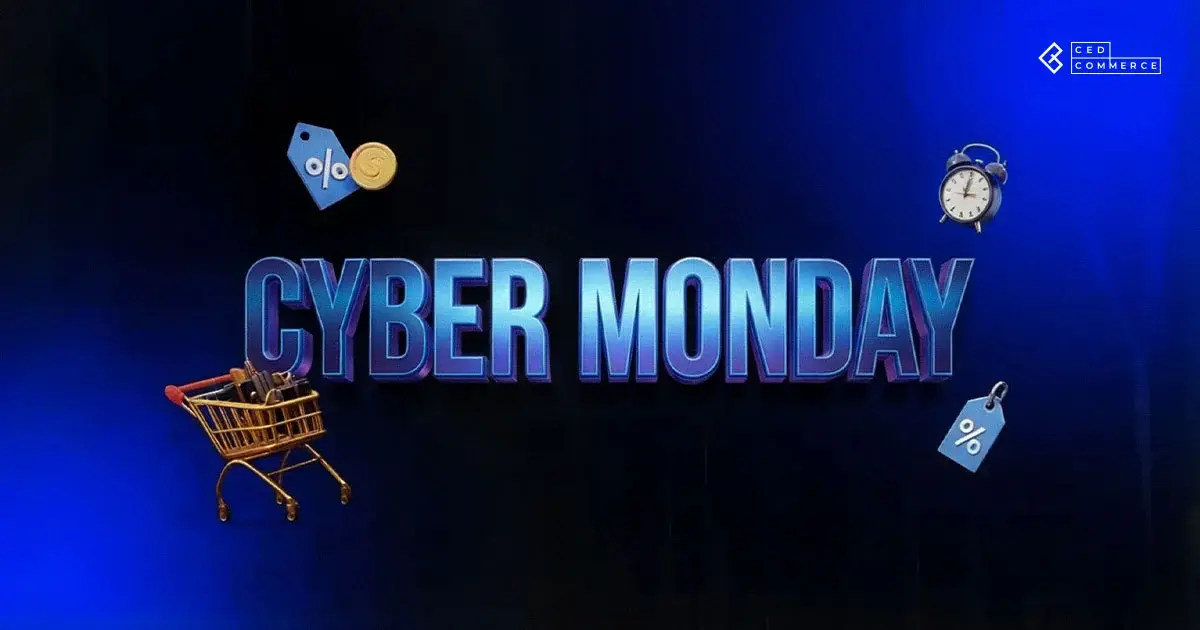
Reading Time: 3 minutesSummary Cyber Monday 2025 has officially become the largest online shopping day…

Reading Time: 2 minutesSummary Amazon kicked off December with two major developments shaping the future…

Reading Time: 2 minutesSummary Walmart has entered December with two major moves that signal a…
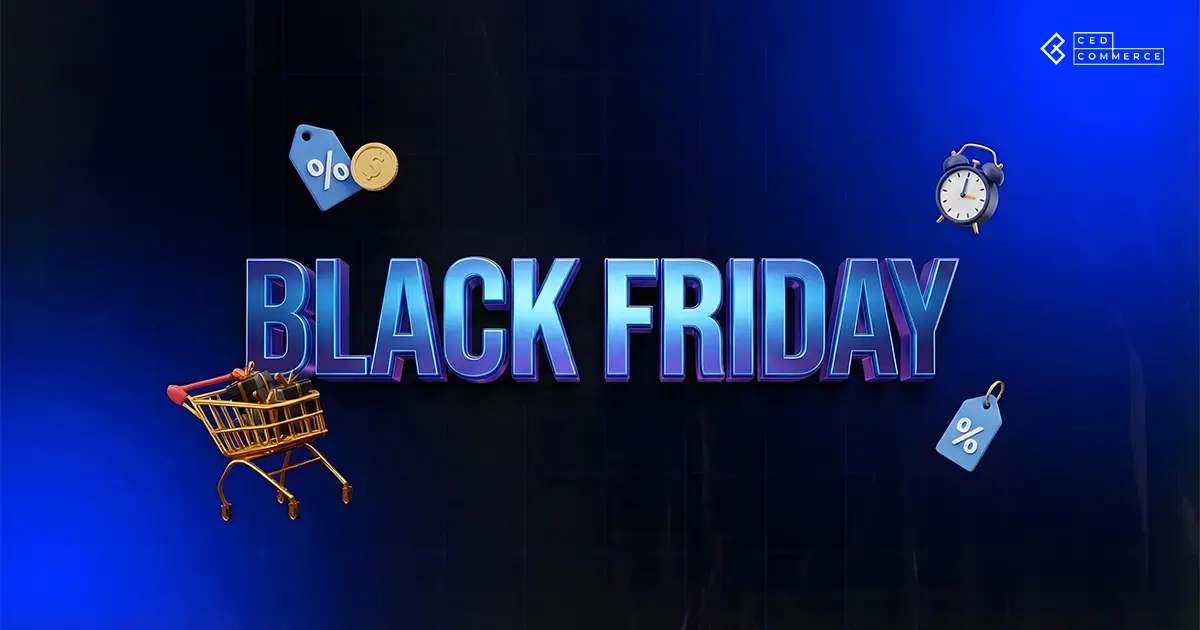
Reading Time: 2 minutesBlack Friday 2025 delivered the strongest U.S. eCommerce performance in history, as…
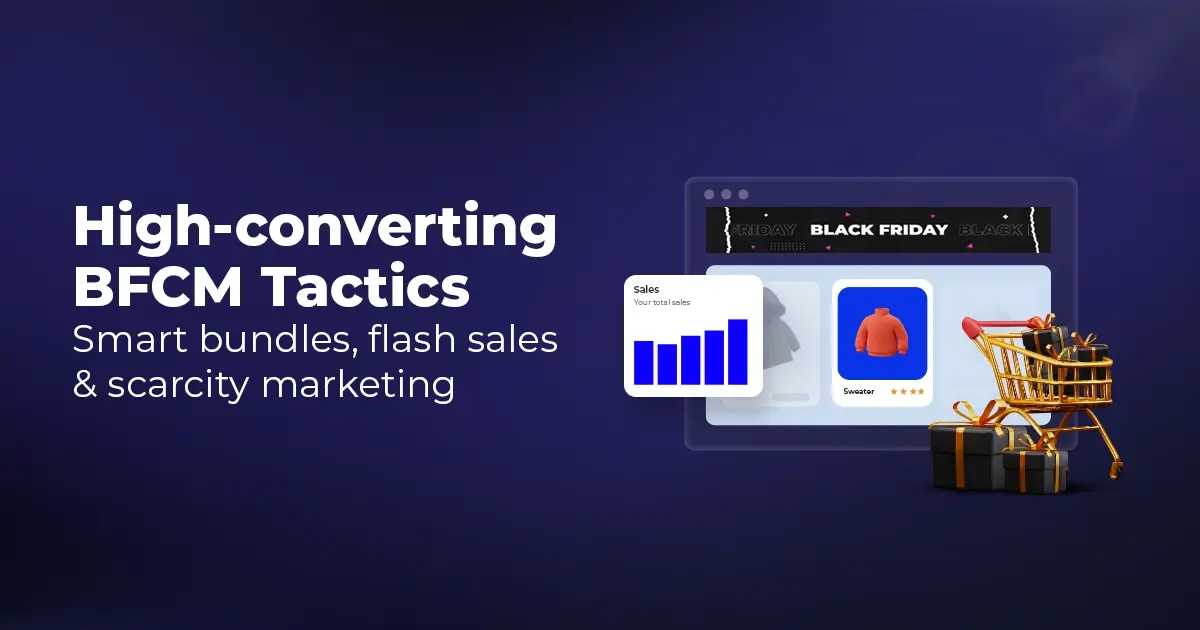
Reading Time: 13 minutesStill approaching BFCM with generic discounts, last-minute price cuts, or scattered promotions?…
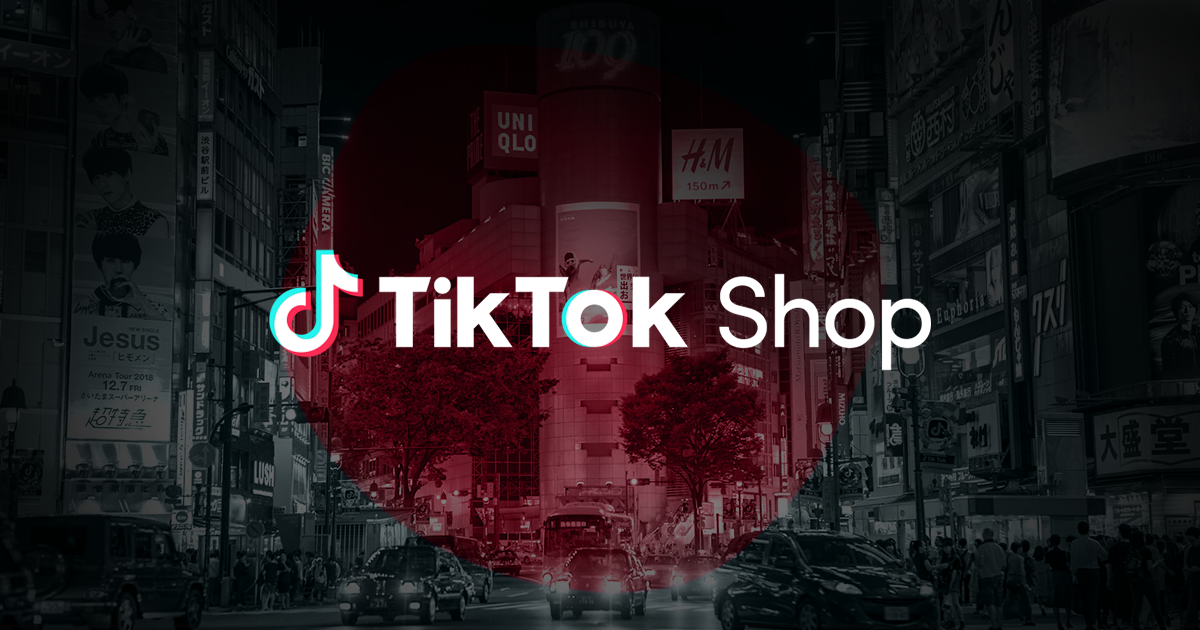
Reading Time: 3 minutesTikTok Shop reached a major milestone during its largest U.S. “Global Black…

Reading Time: 3 minutesOpenAI has announced a new AI-powered shopping research tool designed to help…
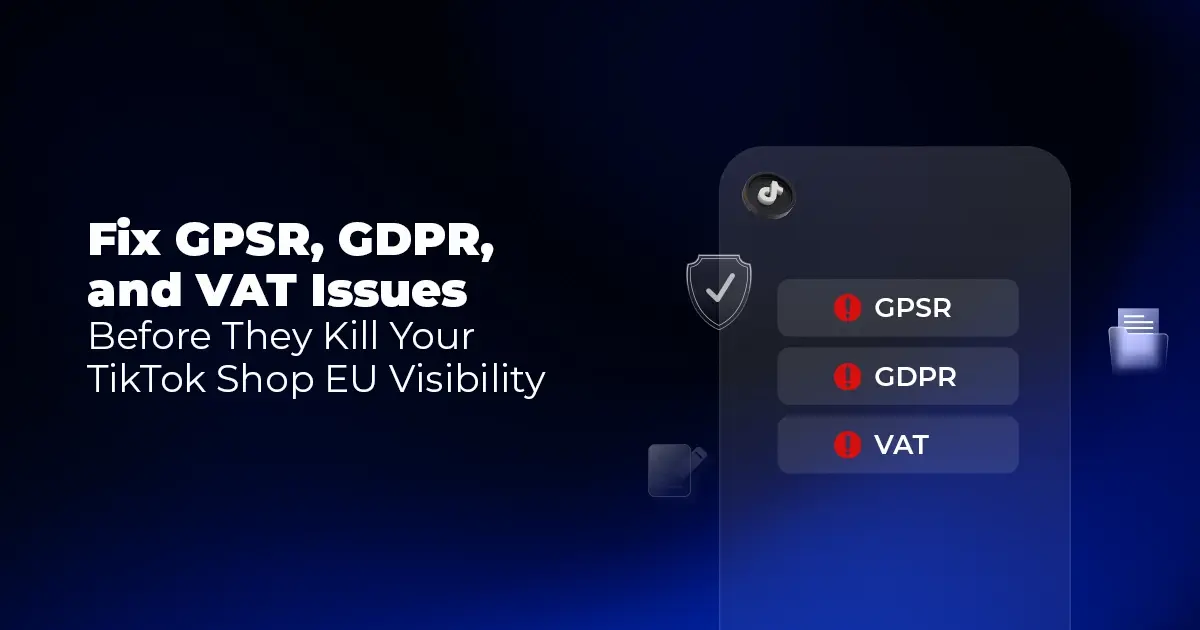
Reading Time: 9 minutesIf your TikTok Shop listings often sit in review or your visibility…

Reading Time: 3 minutesAmazon has rolled out a new “Seller Challenge” feature for eligible Account…

Reading Time: 3 minutesWalmart Marketplace has sharpened its requirements around product classification (category, type group,…

Reading Time: 3 minutesJust ahead of Black Friday, Amazon is enforcing tighter controls on its…

Reading Time: 11 minutesWhere holiday prep of past years focused on legacy channels like Amazon,…
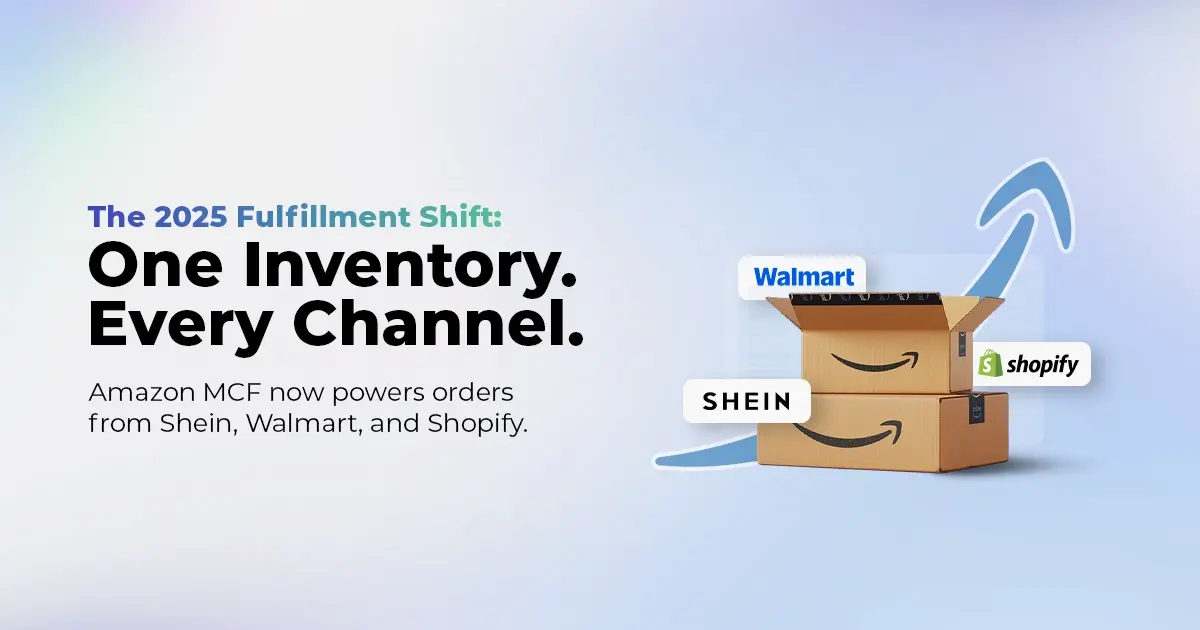
Reading Time: 11 minutesThe eCommerce shift you actually need to act on Multi-channel fulfillment has…
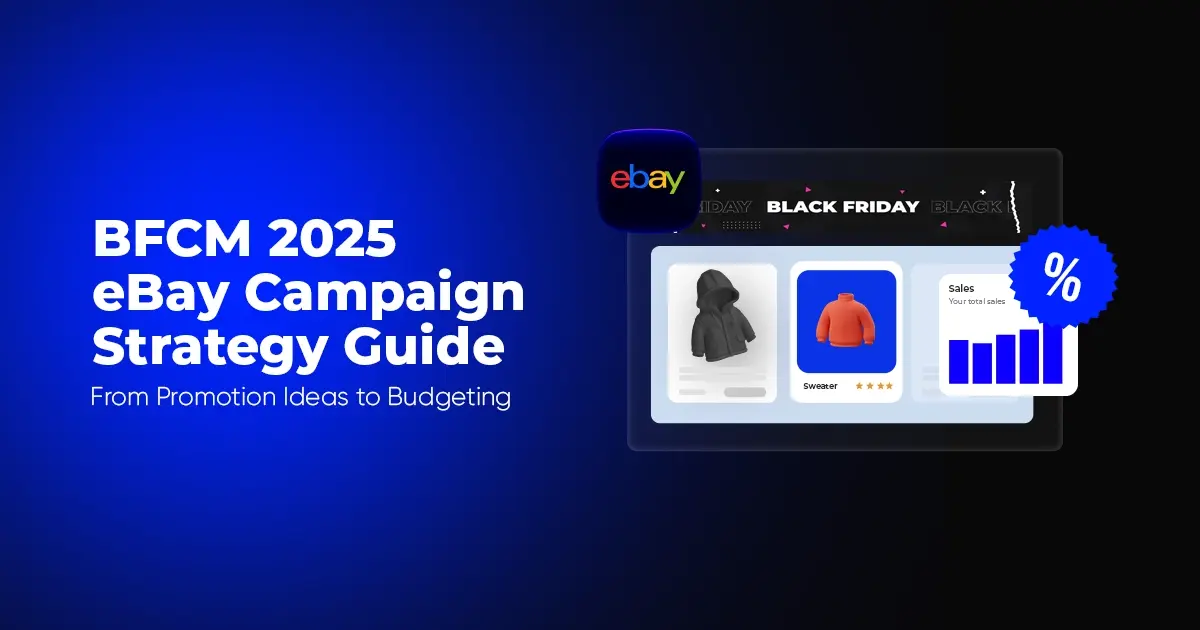
Reading Time: 10 minutesBlack Friday Cyber Monday (BFCM) isn’t a weekend anymore; it’s a two-month…

Reading Time: 2 minuteseBay is quietly testing a new feature that could reshape how buyers…

Reading Time: 2 minutesAmazon is stepping into a new era of value commerce with the…
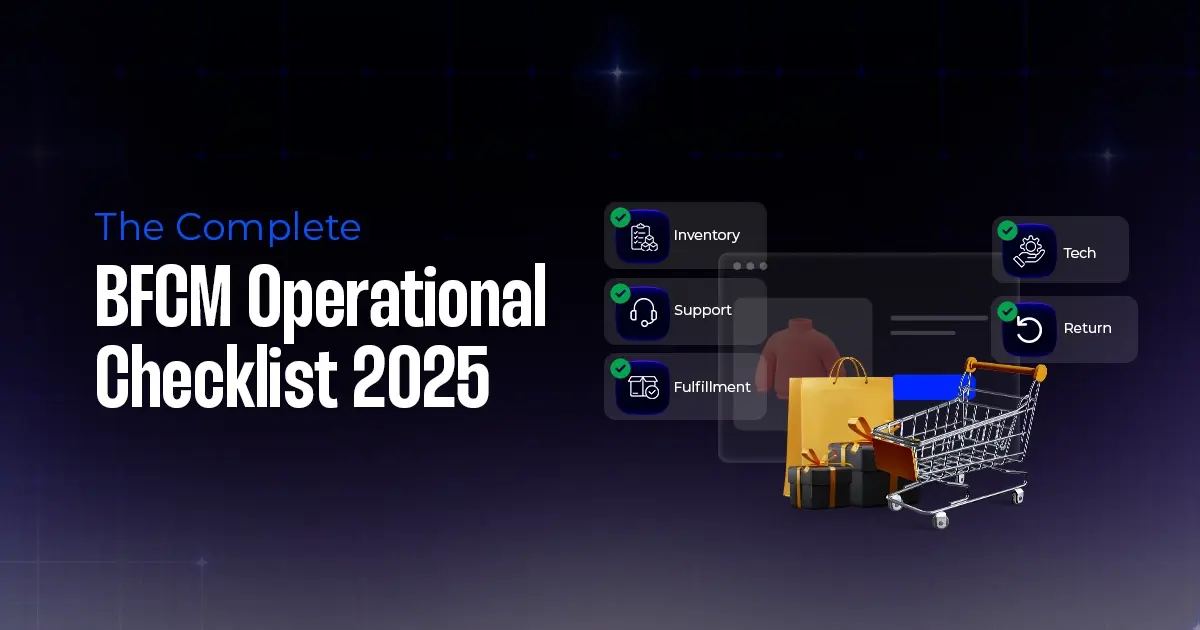
Reading Time: 11 minutesThe $240 Billion BFCM Opportunity & Why Operations Matter Every seller, business,…
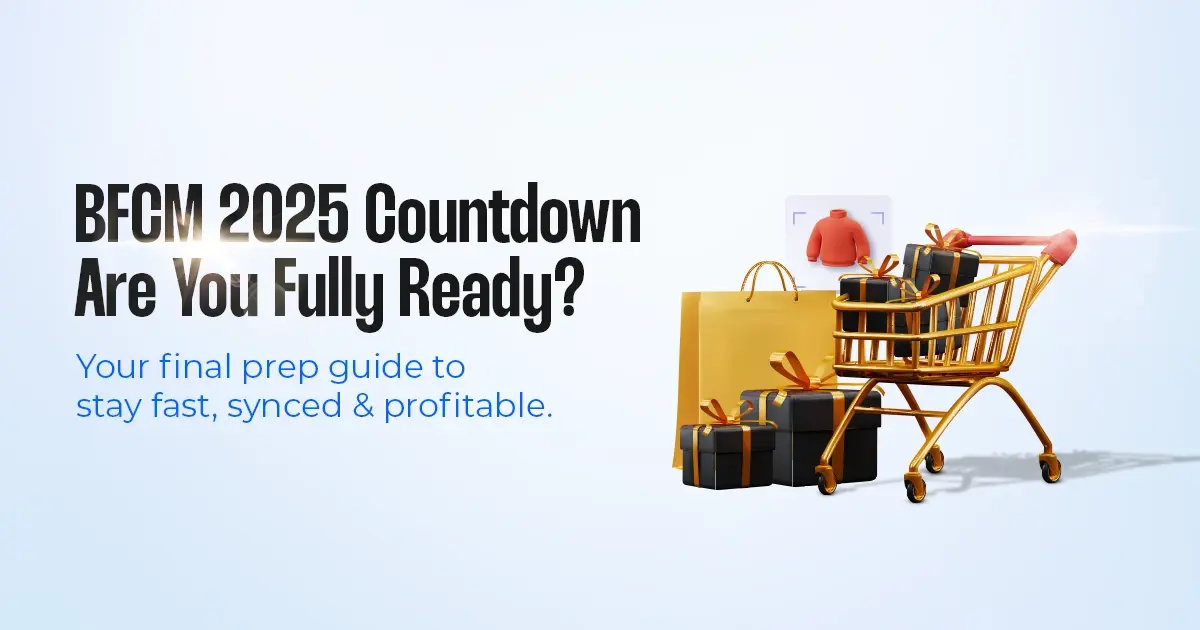
Reading Time: 7 minutesTL;DR — Your 60-Second BFCM Battle Plan Time remaining: 3 weeks until…

Reading Time: 2 minutesChina’s Double 11 shopping festival — the world’s largest annual online retail…

Reading Time: 2 minutesAs the holiday season approaches, TikTok Shop has released its September 2025…